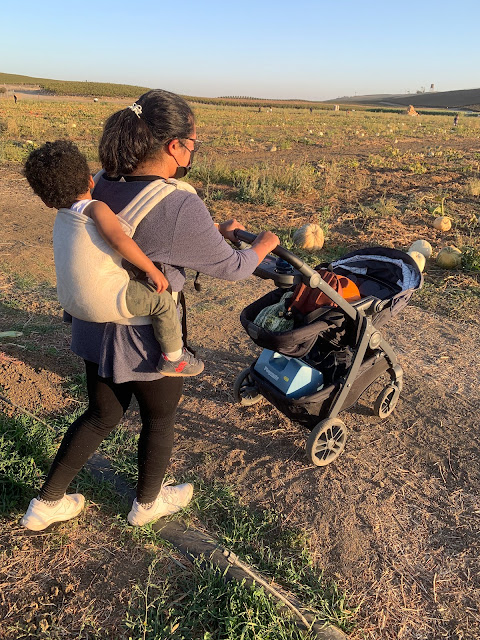Bakit ngayon ka lang dumating sa buhay ko? The Artipoppe edition
As my son started outgrowing his Ergobaby Omni 360 carrier, I started reviewing my options for toddler carriers. Yes, I am still babywearing. I'm very thankful to my doctor and the physical therapy team, who helped strengthen my hips and knees months after delivering my baby. They have helped make babywearing as long as I'm doing it possible.
(I was in pain when I entered my third trimester, probably caused by changes in my centre of gravity, the added weight, and changed gait. I'm still waddling these days when I'm exhausted.)
For toddler carriers, I zeroed in on three brands: Baby Tula, Lenny Lamb, and Artipoppe. Baby Tula's ikat prints and Lenny Lamb's rainbow lotus are both eyecatchers; they always get my attention when I check online! But at the end of months of researching, I decided to buy Artipoppe's Zeitgeist with argus pattern in oat.
I must say that the price of the Zeitgeist carrier kept me from buying it before my son was born. It's too high! However, once I tried it on, I realised that I should have bought this before I gave birth. It was very comfortable, thanks to the wide cushioned shoulder straps. My child's weight was also well-distributed because the carrier transferred some of the weight from my front to my back and to my pelvis.
 |
| Afternoon at the pumpkin patch |
 |
| Bracing for the hike from the beach to the parking lot on top of a cliff |

Comments
Post a Comment
Thank you for dropping by!
Before moving on, please share your thoughts or comments about the post. :)
Thanks again!